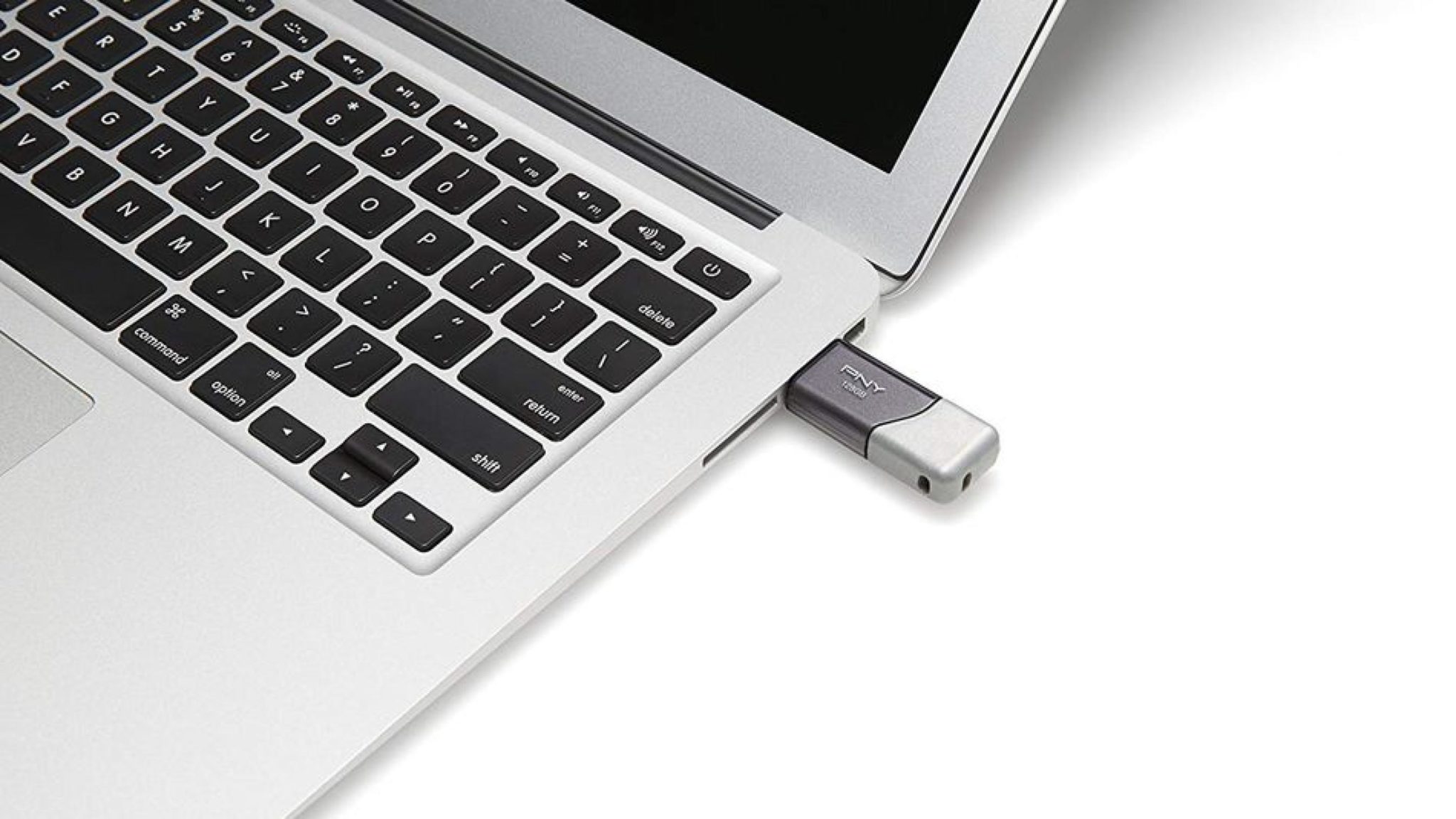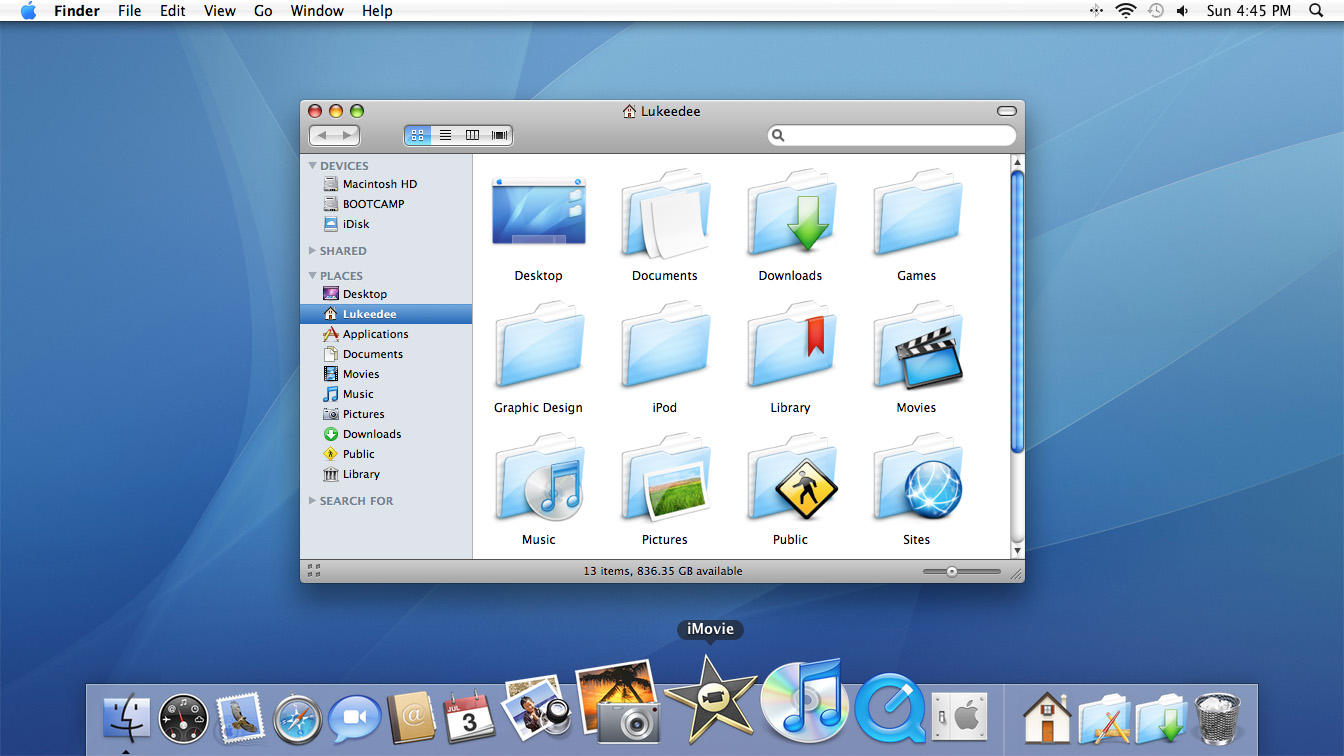
USB Flash Drive 8Gb Get one on Amazon here: (For El Capitan need a 16GB USB Stick) Mac OS Installer retail Version of Yosemite, El Capitan or Mac OS Sierra, choose one you desire to make the bootable USB. In this tutorial and video walkthrough, I’ll show you how to create a bootable USB drive for OS X El Capitan in just a few easy steps Note: your USB flash drive must be at least 8GB in size. Ensure that there’s nothing on the drive that you wish to keep, as this process will completely erase the drive including any volumes.
It was 2009 when Apple last released a new operating system on physical media. Things have proceeded remarkably smoothly since version 10.7 switched to download-only installers, but there are still good reasons to want an old, reliable USB stick. For instance, if you find yourself doing multiple installs, a USB drive may be faster than multiple downloads (especially if you use a USB 3.0 drive). Or maybe you need a recovery disk for older Macs that don't support the Internet Recovery feature. Whatever the reason, you're in luck, because it's not hard to make one.
As with last year, there are two ways to get it done. There's the super easy way with the graphical user interface and the only slightly less easy way that requires some light Terminal use. Here's what you need to get started.
- A Mac that you have administrator access to, duh. We've created El Capitan USB stick from both Yosemite and El Capitan, but your experience with other versions may vary.
- An 8GB or larger USB flash drive or an 8GB or larger partition on some other kind of external drive. For newer Macs, use a USB 3.0 drive—it makes things significantly faster.
- The OS X 10.11 El Capitan installer from the Mac App Store in your Applications folder. The installer will delete itself when you install the operating system, but it can be re-downloaded if necessary.
- If you want a GUI, you need the latest version of Diskmaker X app. Version 5 is the one with official El Capitan support.
- Diskmaker X is free to download, but the creator accepts donations if you want to support his efforts.
The easy way
Once you've obtained all of the necessary materials, connect the USB drive to your Mac and run the Diskmaker X app. The app will offer to make installers for OS X 10.9, 10.10, and 10.11, and it should run on OS X versions all the way back to 10.7—support for 10.6 was dropped in the most recent release.
AdvertisementDiskmaker X has actually been around since the days of OS X 10.7 (it was previously known as Lion Diskmaker), and it's still the easiest GUI-based way to go without intimidating newbies. If you're comfortable with the command line, it's still possible to create a disk manually using a Terminal command, which we'll cover momentarily.


Select OS X 10.11 in Diskmaker X, and the app should automatically find the copy you've downloaded to your Applications folder. It will then ask you where you want to copy the files—click 'An 8GB USB thumb drive' if you have a single drive to use or 'Another kind of disk' to use a partition on a larger drive or some other kind of external drive. Choose your disk (or partition) from the list that appears, verify that you'd like to have the disk (or partition) erased, and then wait for the files to copy over. The process is outlined in screenshots above.
The only slightly less-easy way
If you don't want to use Diskmaker X, Apple has actually included a terminal command that can create an install disk for you. Assuming that you have the OS X El Capitan installer in your Applications folder and you have a Mac OS X Extended (Journaled)-formatted USB drive named 'Untitled' mounted on the system, you can create an El Capitan install drive by typing the following command into the Terminal.
sudo /Applications/Install OS X El Capitan.app/Contents/Resources/createinstallmedia --volume /Volumes/Untitled --applicationpath /Applications/Install OS X El Capitan.app --nointeraction
The command will erase the disk and copy the install files over. Give it some time, and your volume will soon be loaded up with not just the OS X installer but also an external recovery partition that may come in handy if your hard drive dies and you're away from an Internet connection.
Usb Bootable Mac El Capitan
Whichever method you use, you should be able to boot from your new USB drive either by changing the default Startup Disk in System Preferences or by holding down the Option key at boot and selecting the drive. Once booted, you'll be able to install or upgrade El Capitan as you normally would.
I am salvaging a mid 2013 MacBook Air 11' that was discarded with a broken screen backlight due to beverage spill and missing its SSD. (I have a very tiny budget right now so I'm only spending on more expensive items when my testing shows the machine might work well.)
I got the Apple Store to test the hardware then tested the computer myself by taking about two days to install OS X from one USB 2.0 flash drive to another USB 2.0 flash drive using an external display.
Bootable El Capitan Installer
It seemed to work quite well other than that it ran at about 1% the speed of a normal Mac for anything that required disk access. This made it hard to test in any depth as problems could easily be due to OS X internal timeouts.
I have now purchased a USB 3.0 external hard drive and knowing how slow USB 2.0 flash drives are to install from and to, I'm hoping to use the fast external hard drive for both, but I'm not sure whether this is possible or how.
The external drive happened to come pre-formatted for Mac with two partitions, which to seems ideal.
Can I just copy the contents of the El Capitan bootable installer USB to one of the partitions? I fear I may need to copy it as a drive/partition rather than as a file or folder, since it must be bootable. Does such a copy require special software?
I need to ask the experts here without being able to experiment since I'm unable to justify the purchase price of a magsafe 2 power supply until I'm confident the machine will work well. I am able to borrow a power supply only occasionally from friends.
El Capitan Bootable Usb Download
I realize doing an Internet OS restore via Wi-Fi is another possibility but the Wi-Fi I have access to is both slow and behind a captive portal. So for this question I'm not pursuing that option thank you.